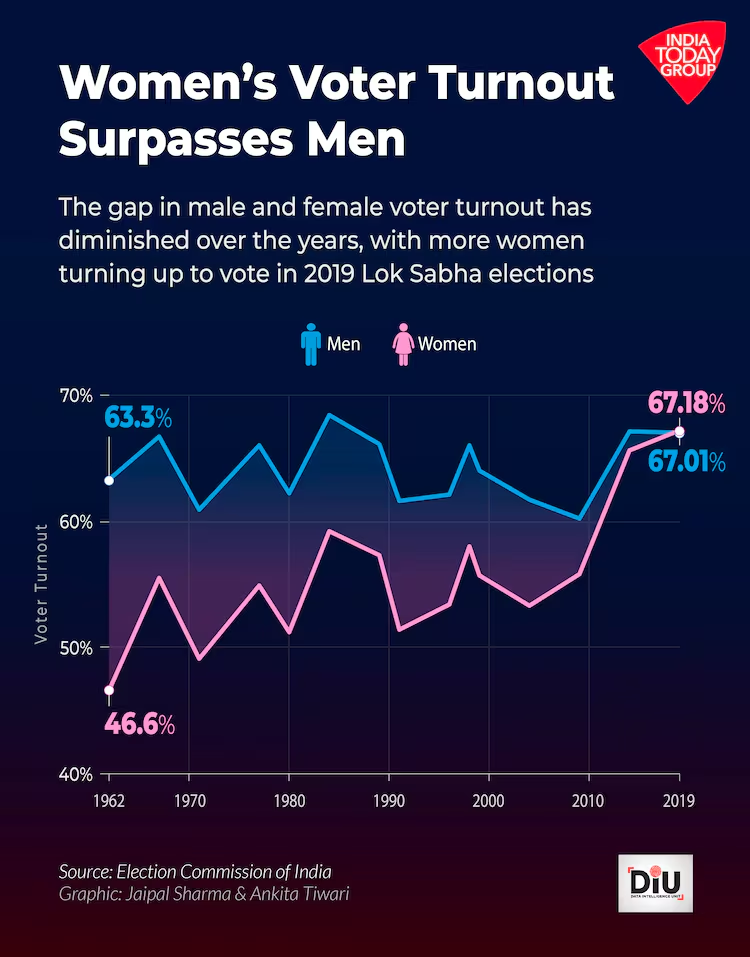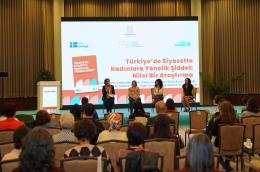THE HON JULIA GILLARD AC, HOST: Katy, it's not politics that brought you to Canberra, you were born and raised there, like no one's born and raised in Canberra. Can you tell me about that?
SENATOR THE HON KATY GALLAGHER, MINISTER FOR WOMEN: Yes, I'm one of those rare species at Parliament House that lives in the, you know, in the place where everyone comes to and then leaves. My parents came to Canberra in the late 60s. My dad had terrible asthma and had been told to leave the UK and he came and joined the parliamentary library actually and so started working there in the late 60s and I was born here in 1970. Yeah, it was a very small place and a place where a lot of people came to live, not where a lot of people had been born to live. But the kids that were born in the early 70s was sort of the first generation that were born and stayed. I mean, many went, but you know there's a good lot of us that were born in the 70s that stayed, and this became our home.
GILLARD: And tell me a little bit more about your mum and your dad. So, your dad's in the parliamentary library and I know that your mum has been honoured in a beautiful mural and through a mental health award that's named after her. Tell me about her story.
GALLAGHER: Yeah, so Mum was like this dynamo. She was born in the UK but I think had lived in a number of countries, so quite a kind of, for that time, probably someone who had you know all those international connections and found herself married with, in the end, four children, quite young, four under four, in the suburbs of Canberra with no car, no family, no friends and a husband that was working all the time. Very isolated. And instead of, I think, succumbing to that isolation, she turned around and started building a lot of connections and building up services and supports and really dedicated her life to that. Which is why, yeah, there's a mural of her close to where I grew up. But I think a lot of people when I'm going around and doing the work I do, always talk to me about how they remember my mum. Particularly services for women and women with children and people with a disability. She was just, she was one of those people that just rolled her sleeves up, got in, cause nobody else was doing it. And yeah, she was definitely a very powerful influence on all of our lives and many other peoples' as well.
Click here to hear the full interview published by the Department of the Prime Minister and Cabinet of Australia on 02 May 2024.
.











